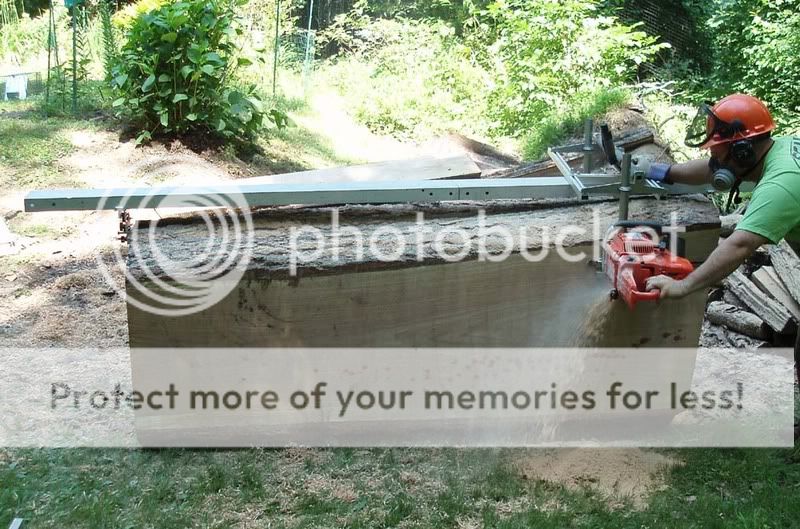redoak
ArboristSite Member
Hi All,
Just getting started with chainsaw milling, did my first three 8x8" beams last weekend. They came out well, but I am wondering if you all have any tips for better centering the beam within the log.
What I've been doing is setting the slabbing rail the same distance from the heart on both ends. I figure that will avoid running out the taper on one side. But then even though the logs look fairly straight, I got two beams where the wain was pretty significant on one side. I thought I had 4" on each side of the heart (to make an 8x8) but it still ran out in the middle of the log.
Any tricks to lining up the cut to best avoid wain? My logs are all 12" or greater, so at least on paper there's a nice 8x8 somewhere in there!
Thanks.
Just getting started with chainsaw milling, did my first three 8x8" beams last weekend. They came out well, but I am wondering if you all have any tips for better centering the beam within the log.
What I've been doing is setting the slabbing rail the same distance from the heart on both ends. I figure that will avoid running out the taper on one side. But then even though the logs look fairly straight, I got two beams where the wain was pretty significant on one side. I thought I had 4" on each side of the heart (to make an 8x8) but it still ran out in the middle of the log.
Any tricks to lining up the cut to best avoid wain? My logs are all 12" or greater, so at least on paper there's a nice 8x8 somewhere in there!
Thanks.






 nice post and picture
nice post and picture